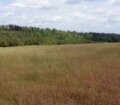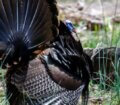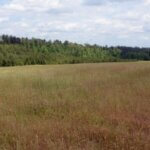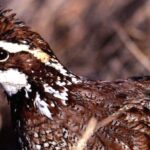Editor’s Note: Although sometimes hunting doves is hit or miss, you can make your chances for success greater by preparing the fields you’ll be hunting before the season. Chas Moore, the area wildlife biologist for the Cahaba River Wildlife Management Area (WMA) and the Mulberry Fork WMA for Alabama’s Department of Conservation and Natural Resources (DCNR) has developed and learned what works best to have the most doves to hunt.
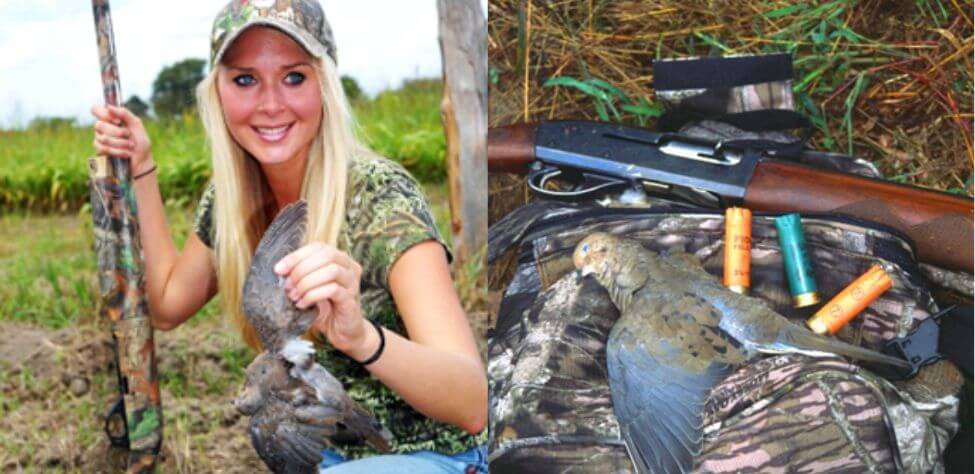
I’ve never seen or heard of anyone else using this technique of land and crop management to create a dove field on terrible soils like those found on reclaimed strip-mined lands. However, Moore explains how he developed this technique of preparing a dove field by asking the people who had reclaimed the land if they’d mind planting millet on the fields. “These folks had used hydroseeders with a mixture of seed, fertilizer, and mulch to spray on the land. The hydroseeder coated the ground and produced a good seedbed for the millet. But, I believed I could mimic that same type of application without having a hydroseeder, which was expensive equipment the DCNR didn’t have.
“We started out by spraying Roundup with a tractor sprayer on our WMA dove fields about the second week in June to kill all the fescue and weeds that had grown up on these flat, strip-mined lands. We didn’t bushhog the weeds before we sprayed the Roundup. Then we gave the weeds about two weeks to die.”
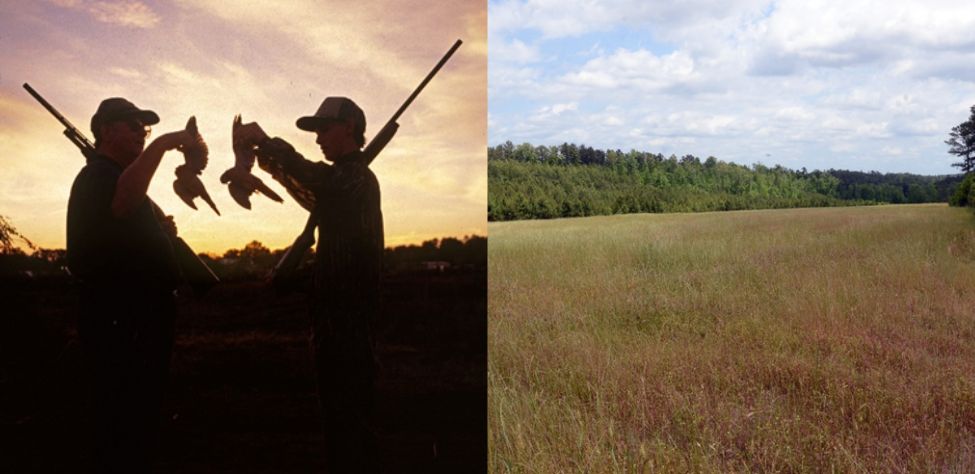
Next, either during the last week of June or the first part of July, depending on the weather, Moore and his team went in and broadcast browntop millet, a warm-season rapidly-maturing grass that grew well in rocky shallow soils and fertilizer into the standing grass. Then they raised the blade on a mower to bushhog all the weeds down to scatter the straw from the dead weeds on top of the millet seed and fertilizer. According to Moore, “Since the browntop millet seeds were very small, once the weeds were cut, that weed straw held the seed and the fertilizer in place. The next rain would cause the millet to grow up through that weed straw without weeds because they’d all been killed before the plantings were done, and the millet didn’t have to compete with weed growth.”
Just before the beginning of dove season, Moore and the WMA team ran a hydraulic disk in an area not too rocky and broadcast top-sown wheat on top of the disturbed soil to put this strip of wheat – about 16 feet wide – right down the middle of the 15-acre millet field. The disk used just barely raked the soil because the soil had to be disturbed in a seed bed before the wheat seed could be broadcast by top sowing. They planted wheat all the way around the edges of the millet field too. Then the dove hunters didn’t have to be as concerned about snakes, since the hunters could see the ground.
Often people leasing land will plant millet and then burn out the seed. Next, just before dove season, they’ll mow their millet and burn all the stalks and stubble. However, due to the weather being so dry at the beginning of dove season, even controlled burning can be a problem, if the wind’s blowing even slightly. To prevent the threat of a controlled burn from becoming a wildfire, Moore and his team don’t run fire over the top of the millet.

“We’ve found that by leaving our millet standing, the heads of the millet plants that produce all of the seeds often will layover and some millet still will be standing throughout the season on which the doves can feed,” Moore says. “Once the opening day of dove season arrives, some of the seeds from the head of the millet plant will fall to the ground. Also, some millet stalks will fold over and put giant heads of millet seeds on the ground for doves to eat, and some of the top-sown wheat will be on top of the ground too. Generally, the doves will have been feeding on these crops a week or two before the hunters show up.”
More Cahaba River WMA Information That May Aid You in Your Dove Field Management:
Most Cahaba River WMA hunters will get from 10 to a limit of doves in the 12 different fields that the WMA has planted this way. Hunters who know how to shoot doves usually can get a limit of doves in the first hour of the season on opening day.
According to Moore, “We’ll often have about 50 or 60 hunters total, hunting on all 12 fields, and that’s not usually enough to keep birds flying from field to field. The hunters are scattered all over. Our dove fields are only open on Saturdays and Wednesdays in the afternoons to give the doves a chance to feed and not be shot at all day, every day.”
Yet another factor that Moore explains that helps the Cahaba WMA, in particular, is, “This property has a lot of old, big, dead trees around many of our fields where the doves like to stay and look over the field before they fly down to eat.”
So, look at this dove field idea, and create great dove fields for hunters where you live.
Tomorrow: Create a Plan for Deer, Turkeys, and Quail

